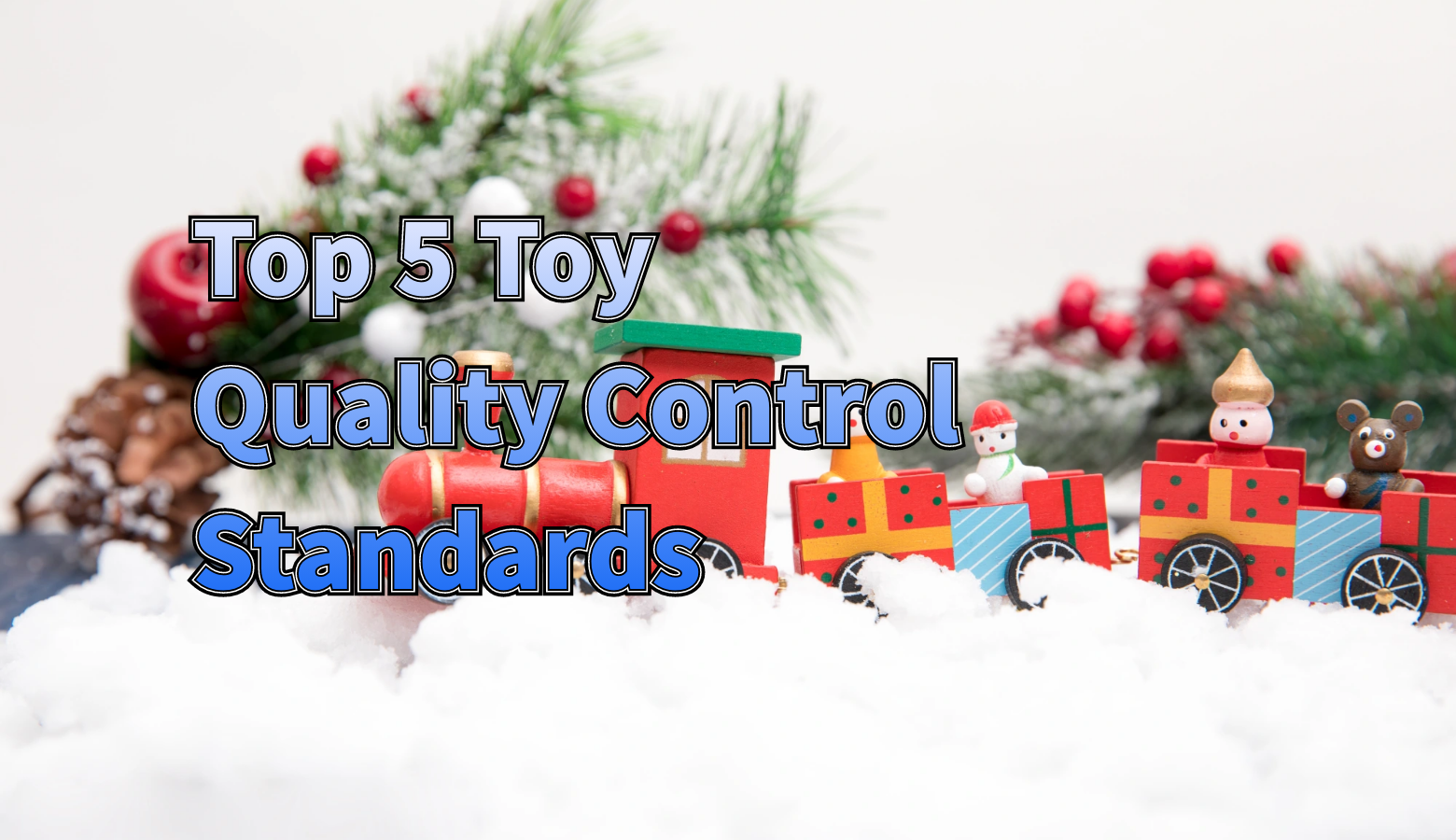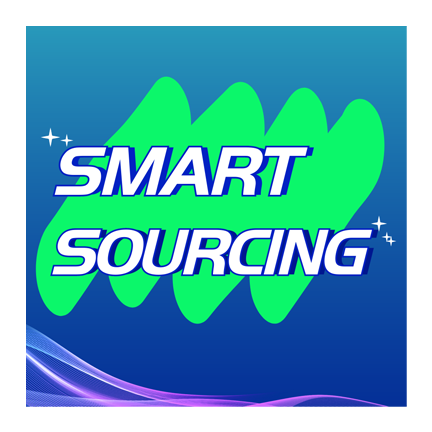In the toy industry, quality control standards are crucial. They not only ensure the safety of toys but also safeguard consumer trust and brand reputation. As global requirements for toy safety continue to rise, manufacturers must ensure that their products comply with internationally recognized quality standards to reduce safety hazards, avoid legal liabilities, and expand market share. Quality control standards provide toy manufacturers with a specific compliance framework, thereby guaranteeing the smooth sale of toys in various markets.

The global toy market faces various safety challenges, including material toxicity, design defects, and manufacturing process issues. Due to varying regulatory requirements for toy safety in different countries and regions, manufacturers must ensure that their products comply with local safety standards in multiple markets. Adhering to global quality control standards can help manufacturers ensure that toys not only comply with local laws and regulations but also gain the trust of consumers.
Main requirements and testing focus
ASTM F963, as the most stringent toy safety standard in the United States, covers a wide range of aspects, including the physical structure, chemical composition, and mechanical properties of toys. It places special emphasis on the testing of the firmness of small parts to prevent them from falling off and being swallowed by children. At the same time, the detection of sharp edges is also extremely strict to ensure that children are not scratched.
In addition, the standard strictly limits the content of toxic substances such as lead and phthalates, establishing a solid defense line for children's health. The standard sets detailed testing methods, clarifies the age range of toys, and specifies labeling requirements on packaging, comprehensively protecting consumers' rights and interests.
The importance of selling toys in the US market
For toy manufacturers aspiring to expand into the US market, complying with ASTM F963 is the first step towards success.
Toys that do not meet this standard will face the risk of being recalled, heavy fines, and even legal proceedings. The standard holds a pivotal position for toy companies, especially those with the US as their main market.
Specific requirements for physical, mechanical, and chemical testing
The EN 71 standard focuses on the physical and mechanical safety of toys, such as choking hazards and sharp edges, and also delves into the chemical aspect to ensure that toy materials do not release hazardous substances such as heavy metals and harmful solvents. The comprehensive and meticulous testing system provides a solid guarantee for toy safety in the European market.
The key to compliance in the European market
For toy manufacturers aiming to enter the European market, obtaining EN 71 certification is an essential step. Any toys failing to meet this standard will be rejected. Manufacturers must conduct comprehensive testing and obtain a certificate of compliance from an authoritative organization to ensure their products can successfully enter the European market.
Applicability in the global market
ISO 8124 is a universal standard for international toy safety, applicable to all countries worldwide. This standard provides a unified framework for global toy safety, encompassing all stages from design to production and finally to the finished product. It mandates comprehensive safety assessments for toy manufacturers to ensure compliance in major markets.
The main terms that manufacturers must pay attention to
ISO 8124 covers aspects such as the safety of toy materials, risk assessment of product design, and mechanical stability. Manufacturers should pay attention to these key provisions, especially those related to child safety and product reliability.
Mandatory testing for lead content and phthalates
CPSIA is a legal requirement in the United States that imposes strict limits on the lead content and hazardous chemicals such as phthalates in toys. All toys exported to the United States must undergo relevant safety testing to ensure that their lead content does not exceed the prescribed standards and that they do not contain harmful phthalates.
Record-keeping and labeling obligations in the US market
CPSIA also mandates toy manufacturers to maintain rigorous product traceability records and affix compliance labels on toy packaging. These regulations help ensure the traceability of toy sources and enhance consumers' trust in product safety.
The necessary conditions for importing and selling toys in China
CCC certification is a prerequisite for entering the Chinese market. All imported toys must undergo quality inspection by testing institutions recognized by the Chinese government and obtain CCC certification. This certification ensures that the toys comply with China's safety standards and can enter the market smoothly.
Key areas: material safety and product labeling
CCC certification focuses on the material safety of toys, ensuring that toys do not contain harmful substances, and requires products to have clear labels indicating applicable age, safety information, etc. These regulations help enhance consumers' trust in the safety of toy products
In today's fiercely competitive toy market, consumer trust serves as the cornerstone for brand success. Strict adherence to international toy safety standards such as ASTM F963, EN 71, and ISO 8124 not only ensures high product quality and safety but also conveys to consumers the manufacturer's unwavering commitment to product quality and child safety.
This commitment, akin to a gold-lettered signboard, aids manufacturers in cultivating a reliable and responsible brand image among consumers, thereby earning widespread trust and acclaim from them. Accumulating brand reputation is not a short-term endeavor, but every strict adherence to standards serves as a positive reinforcement for the brand image, enabling the brand to stand out in market competition.
Product recalls and regulatory fines are two major potential risks faced by toy manufacturers. Once a product is recalled due to non-compliance with safety standards, it not only leads to significant economic losses but also severely damages the brand image and consumer trust.
By strictly adhering to quality control standards and ensuring the compliance and safety of products from the source, we can effectively avoid the occurrence of such risks. At the same time, compliant products can also reduce the risk of fines faced by manufacturers due to violations of laws and regulations, allowing enterprises to move forward steadily, enhance market competitiveness, and safeguard their long-term development.
The varying market access requirements for toy products in different countries and regions pose significant challenges for toy manufacturers.
Adhering to globally recognized quality standards, such as ASTM F963 and EN 71, is akin to possessing a key that unlocks the doors to multiple international markets. These standards are universally applicable and widely recognized and accepted by various countries.
By producing products in accordance with these standards, manufacturers can significantly reduce the risk of being rejected or delayed in approval due to non-compliance with local regulations.
Not only does it facilitate manufacturers' smooth entry into multiple markets, but it also establishes a unified, high-quality brand image globally, laying a solid foundation for the company's globalization strategy. This helps enterprises navigate the global toy market and achieve leapfrog development.
In the field of toy manufacturing, collaborating with experienced and qualified third-party quality control institutions is a crucial step to ensure that products comply with safety standards in various countries.
Professional institutions possess advanced testing equipment and technology, and also have a deep understanding and precise grasp of toy safety standards in various countries around the world. They can provide comprehensive testing services ranging from raw material inspection to finished product testing, conducting thorough and meticulous assessments of product physical properties, chemical composition, mechanical safety, and more.
By collaborating with such institutions, toy manufacturers can more confidently ensure the compliance and safety of their products in the global market, laying a solid foundation for brand reputation and consumer trust.
The safety standards in the toy industry are not static, but are constantly updated with the development of technology and the increasing demands of consumers.
Toy manufacturers must maintain a high level of vigilance and flexibility, regularly audit their quality control processes, and promptly adjust their testing procedures in accordance with newly issued regulations and standards. This includes keeping abreast of the latest developments in international toy safety standards, promptly obtaining and studying the content and requirements of new standards, and integrating these new standards into the design, production, and testing processes of their products.
By doing so, manufacturers can ensure that their products always comply with the latest safety requirements, avoiding compliance risks caused by updates to standards.
Regularly conduct training on relevant standards for internal teams, ensuring they are aware of any changes to various safety standards. Strictly enforce these requirements during the production process to guarantee that every batch of products meets the standards.
Regularly organize training activities targeting various safety standards, enabling team members to gain a deep understanding of the connotations and requirements of the standards, as well as the changes and update trends of the standards.
At the same time, through practical case analysis and simulation drills, the team's understanding and operational ability in implementing standards will be enhanced.
During the production process, team members are strictly required to operate and inspect in accordance with the standards, ensuring that every process and every detail meets the requirements of the standards.
By cultivating such a disciplined and efficient workforce, toy manufacturers can more effectively control product quality, ensuring that each batch of products meets or even exceeds consumer expectations and market safety standards.
The global toy market is increasingly demanding in terms of safety. Adhering to internationally recognized quality control standards not only ensures the safety of toys but also helps manufacturers penetrate the global market and enhance brand value. Manufacturers should strengthen their compliance awareness and strictly implement relevant standards to ensure consumer safety and ensure product success in the market.

The Smart Sourcing & Quality Assurance Content Team is dedicated to delivering high-quality, easy-to-understand information that empowers our audience to navigate the complexities of global sourcing and quality assurance. Our team of writers has extensive experience in creating content across various fields, including procurement, supply chain management, quality assurance, market trends, and industry best practices. We specialize in sectors such as apparel, textiles, and consumer goods, providing targeted insights to help businesses in these industries optimize their sourcing strategies, ensure product quality, and maintain a competitive edge in the market.